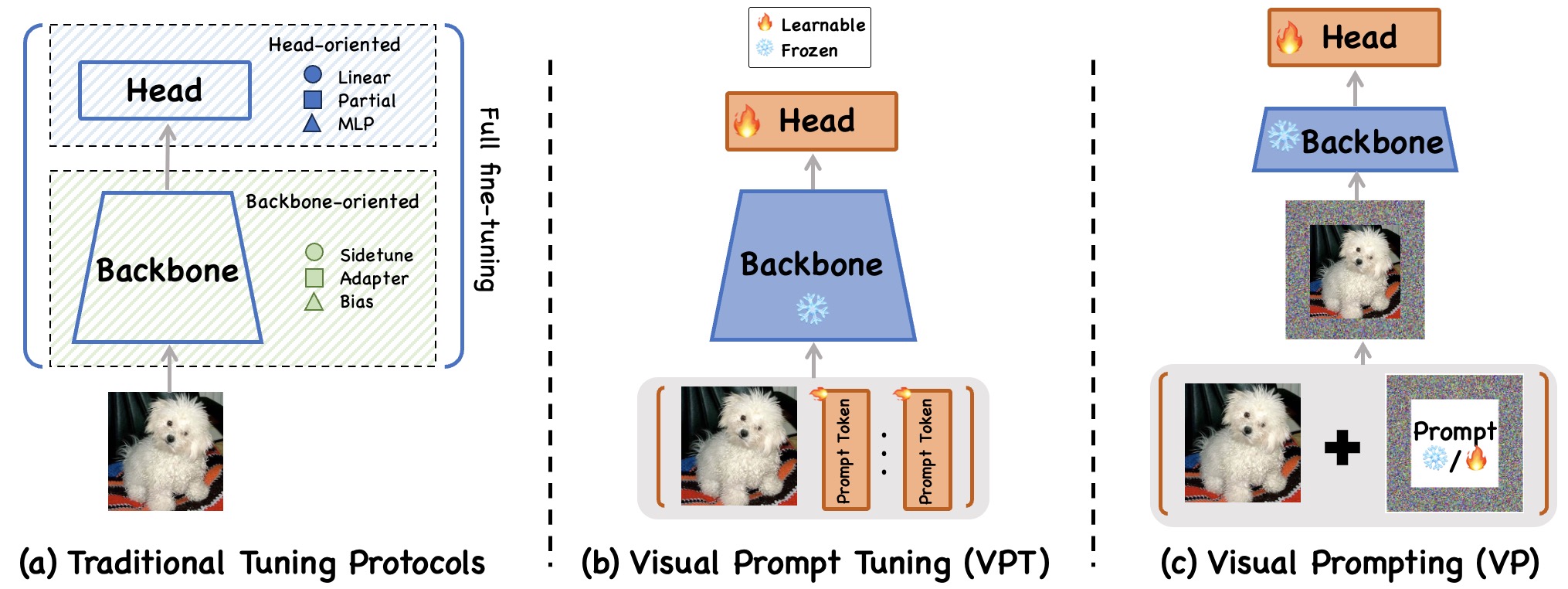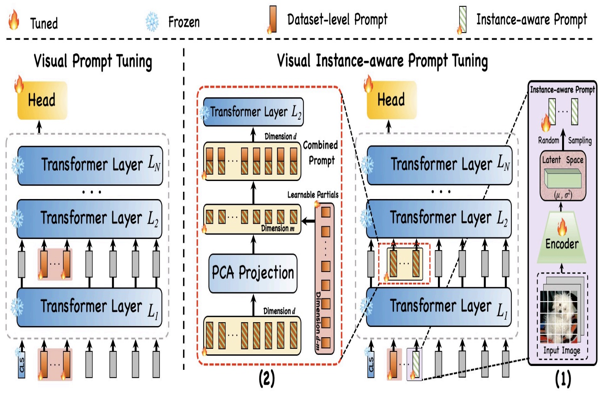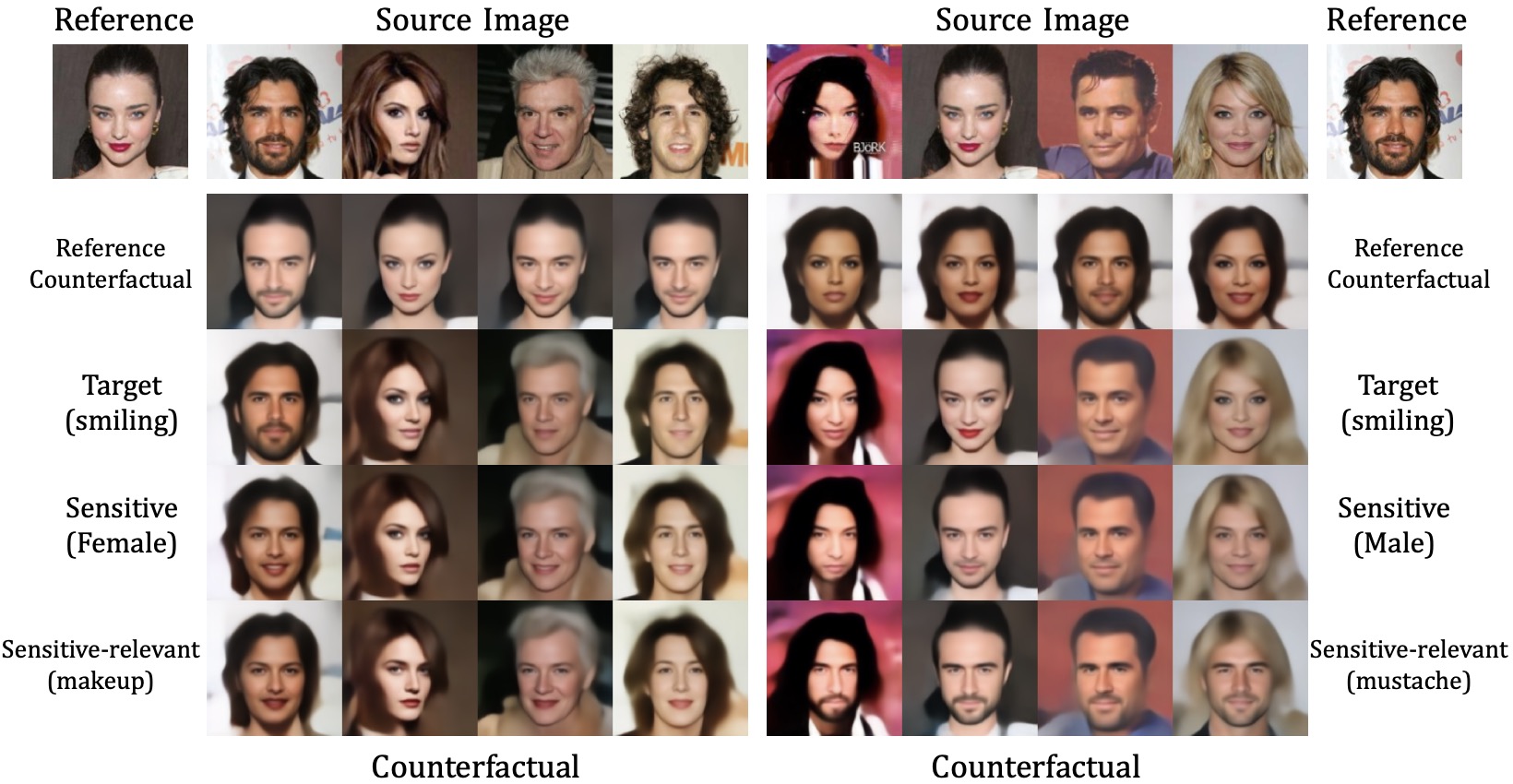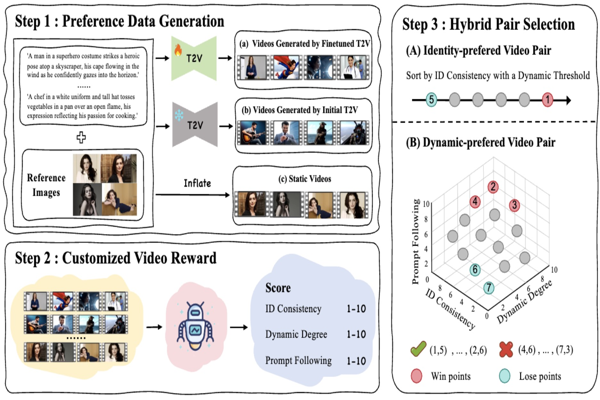
 Ph.D. Student @ UAB
Ph.D. Student @ UAB Research Intern @ ORNL
Research Intern @ ORNLHi, everyone! I am Xi Xiao, a second-year Ph.D. student in the Department of Computer Science at the University of Alabama at Birmingham, co-advised by Dr. Tianyang Wang and Dr. Min Xu.
I am currently conducting a research internship at the Computational Sciences and Engineering Division of Oak Ridge National Laboratory, supervised by Dr. Xiao Wang.
I am broadly interested in designing efficient and intelligent machine learning systems that can deploy effectively under constrained settings of computation, data, and storage. My research primarily focuses on the post-training stage of large-scale models (LLMs, MLLMs, and LVMs), including (1) Efficient Domain Adaptation and (2) Model Quantization.
I'm always open to collaboration and discussion — if you're interested in my research or have any awesome ideas, please do not hesitate to contact me :)
Warning
Problem: The current name of your GitHub Pages repository ("Solution: Please consider renaming the repository to "
http://".
However, if the current repository name is intended, you can ignore this message by removing "{% include widgets/debug_repo_name.html %}" in index.html.
Action required
Problem: The current root path of this site is "baseurl ("_config.yml.
Solution: Please set the
baseurl in _config.yml to "Education
-
University of Alabama at BirminghamPh.D. in Computer ScienceJan. 2024 - present
-
Sichuan University Jincheng CollegeB.S. in Artificial IntelligenceSep. 2019 - Jun. 2023
Experience
-
Oak Ridge National LaboratoryResearch InternMay. 2025 - present
Honors & Awards
-
2025 ACM Gordon Bell Prize Finalist2025
-
SC 2025 Best Paper Finalist2025
News
Selected Publications (view all )

Prompt-based Adaptation in Large-scale Vision Models: A Survey
Xi Xiao, Yunbei Zhang, Lin Zhao, Yiyang Liu, Xiaoying Liao, Zheda Mai, Xingjian Li, Xiao Wang, Hao Xu, Jihun Hamm, Xue Lin, Min Xu, Qifan Wang, Tianyang Wang, Cheng Han
arXiv 2025
Prompt-based Adaptation in Large-scale Vision Models: A Survey
Xi Xiao, Yunbei Zhang, Lin Zhao, Yiyang Liu, Xiaoying Liao, Zheda Mai, Xingjian Li, Xiao Wang, Hao Xu, Jihun Hamm, Xue Lin, Min Xu, Qifan Wang, Tianyang Wang, Cheng Han
arXiv 2025

Visual Instance-aware Prompt Tuning
Xi Xiao, Yunbei Zhang, Xingjian Li, Tianyang Wang, Xiao Wang, Yuxiang Wei, Jihun Hamm, Min Xu
ACM International Conference on Multimedia (ACM MM) 2025
Visual Instance-aware Prompt Tuning
Xi Xiao, Yunbei Zhang, Xingjian Li, Tianyang Wang, Xiao Wang, Yuxiang Wei, Jihun Hamm, Min Xu
ACM International Conference on Multimedia (ACM MM) 2025

CAD-VAE: Leveraging Correlation-Aware Latents for Comprehensive Fair Disentanglement
Chenrui Ma, Xi Xiao, Tianyang Wang, Xiao Wang, Yanning Shen
Association for the Advancement of Artificial Intelligence (AAAI) 2026
CAD-VAE: Leveraging Correlation-Aware Latents for Comprehensive Fair Disentanglement
Chenrui Ma, Xi Xiao, Tianyang Wang, Xiao Wang, Yanning Shen
Association for the Advancement of Artificial Intelligence (AAAI) 2026

MagicID: Hybrid Preference Optimization for ID-Consistent and Dynamic-Preserved Video Customization
Hengjia Li*, Lifan Jiang*, Xi Xiao*, Tianyang Wang, Hongwei Yi, Boxi Wu, Deng Cai (* equal contribution)
International Conference on Computer Vision (ICCV) 2025
MagicID: Hybrid Preference Optimization for ID-Consistent and Dynamic-Preserved Video Customization
Hengjia Li*, Lifan Jiang*, Xi Xiao*, Tianyang Wang, Hongwei Yi, Boxi Wu, Deng Cai (* equal contribution)
International Conference on Computer Vision (ICCV) 2025

MoRE-Brain: Routed Mixture of Experts for Interpretable and Generalizable Cross-Subject fMRI Visual Decoding
Yuxiang Wei, Yanteng Zhang, Xi Xiao, Tianyang Wang, Xiao Wang, Vince D. Calhoun
Annual Conference on Neural Information Processing Systems (NeurIPS) 2025
MoRE-Brain: Routed Mixture of Experts for Interpretable and Generalizable Cross-Subject fMRI Visual Decoding
Yuxiang Wei, Yanteng Zhang, Xi Xiao, Tianyang Wang, Xiao Wang, Vince D. Calhoun
Annual Conference on Neural Information Processing Systems (NeurIPS) 2025

ORBIT-2: Scaling Exascale Vision Foundation Models for Weather and Climate Downscaling
Xiao Wang, Jong-Youl Choi, Takuya Kurihaya, Isaac Lyngaas, Hong-Jun Yoon, Xi Xiao, Ming Fan, Nasik Muhammad Nafi, Aristeidis Tsaris, Ashwin M. Aji, Maliha Hossain, Mohamed Wahib, Dali Wang, Peter Thornton, Prasanna Balaprakash, Moetasim Ashfaq, Dan Lu
International Conference for High Performance Computing, Networking, Storage, and Analysis (SC) 2025 Best Paper Finalist🏆 ACM Gordon Bell Prize Finalist🏆
ORBIT-2: Scaling Exascale Vision Foundation Models for Weather and Climate Downscaling
Xiao Wang, Jong-Youl Choi, Takuya Kurihaya, Isaac Lyngaas, Hong-Jun Yoon, Xi Xiao, Ming Fan, Nasik Muhammad Nafi, Aristeidis Tsaris, Ashwin M. Aji, Maliha Hossain, Mohamed Wahib, Dali Wang, Peter Thornton, Prasanna Balaprakash, Moetasim Ashfaq, Dan Lu
International Conference for High Performance Computing, Networking, Storage, and Analysis (SC) 2025 Best Paper Finalist🏆 ACM Gordon Bell Prize Finalist🏆
All publications
Academic Services
- Conference Reviewer: CVPR 2026, AAAI 2026, NeurIPS 2025, ICML 2025, ACM MM 2025, ICANN 2025, IJCNN 2025, ECCV 2024, ICONIP 2024/2025
- Journal Reviewer: IEEE Transactions on Circuits and Systems for Video Technology (TCSVT), Transactions on Machine Learning Research (TMLR), npj Digital Medicine
- Area Chair: IEEE PRAI 2022
- IEEE Student Member
- APNNS Member